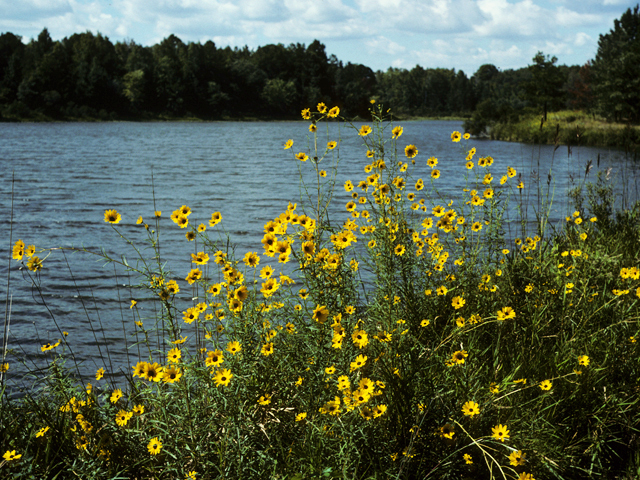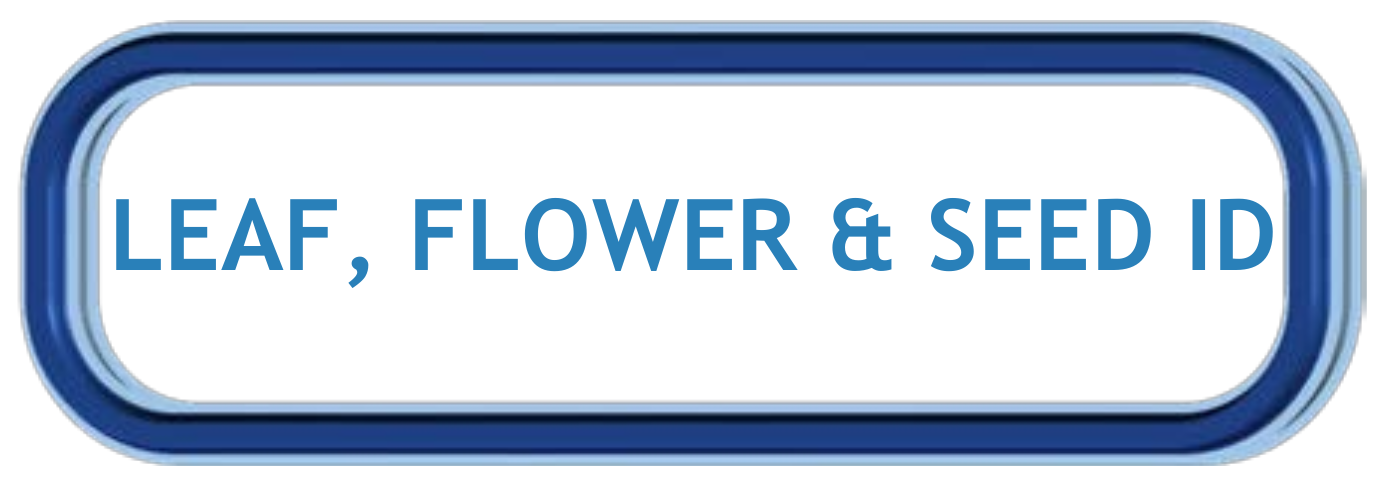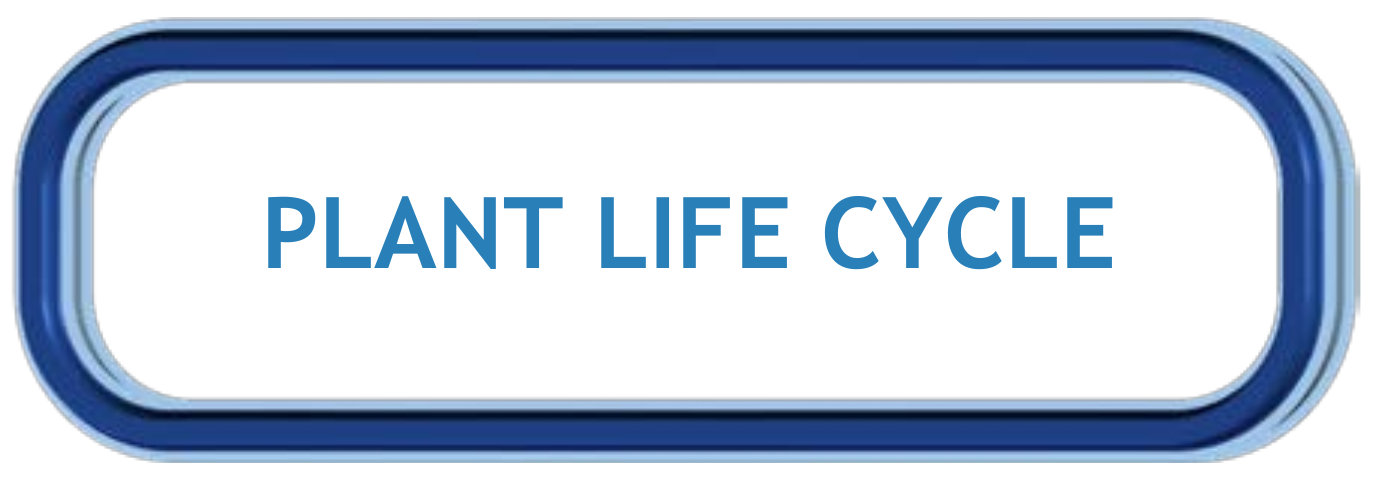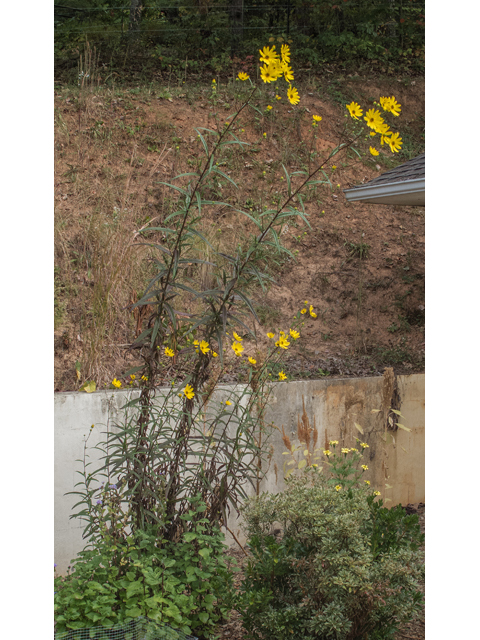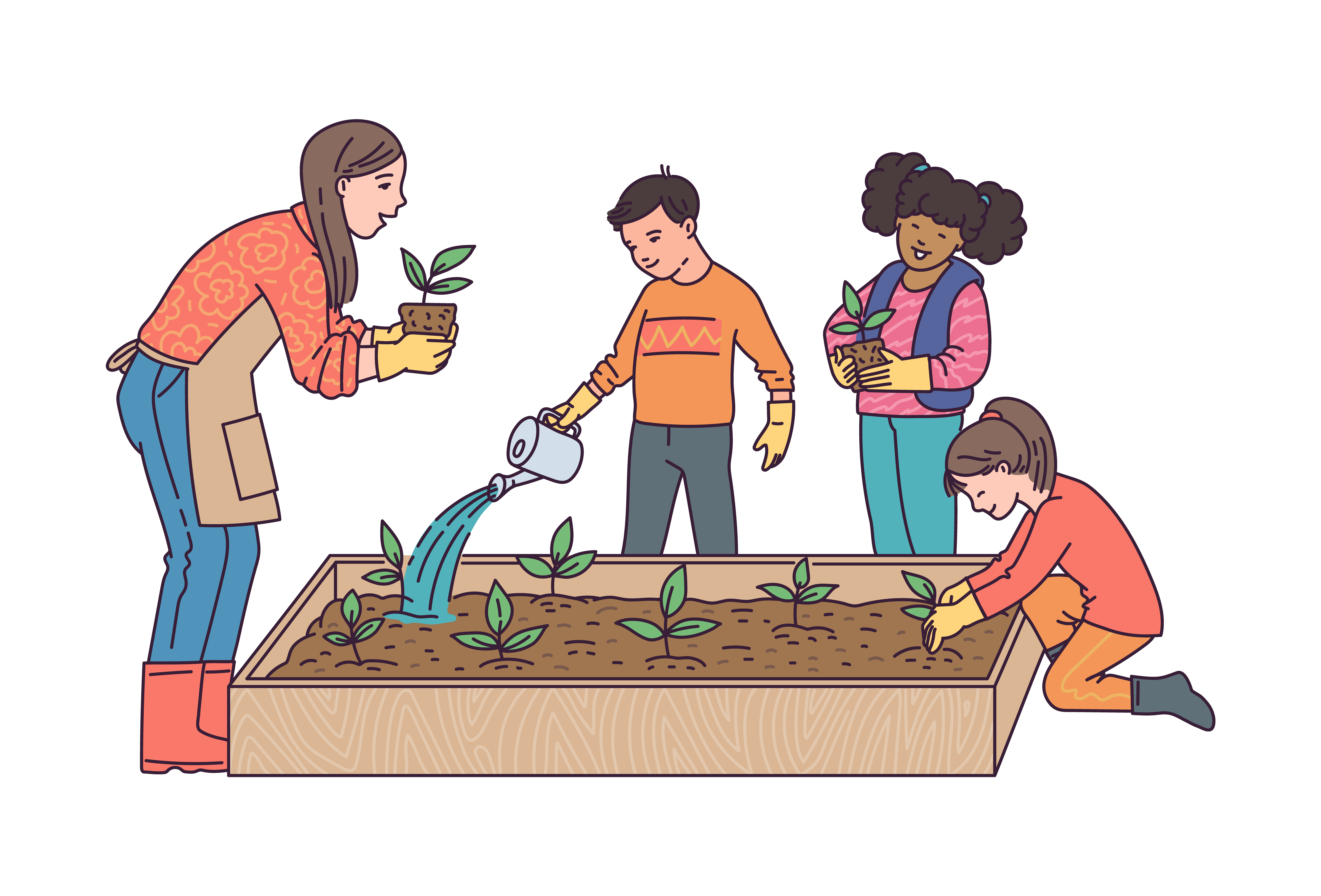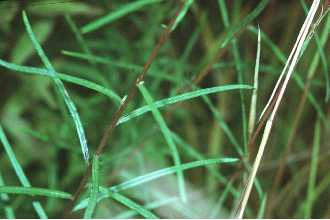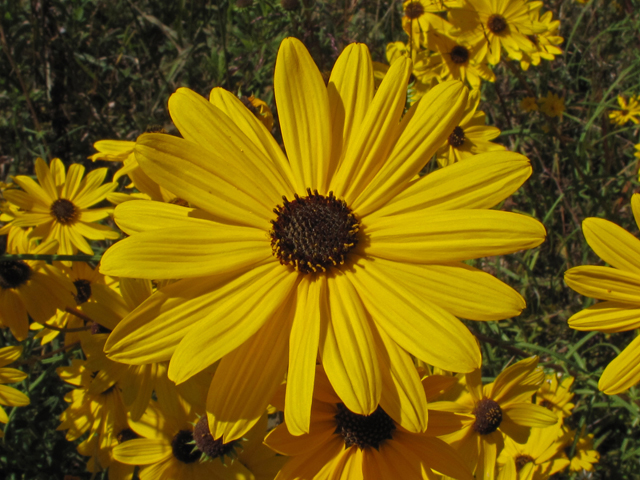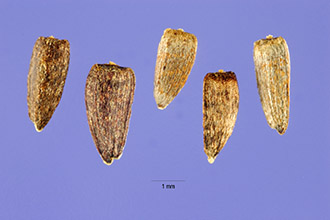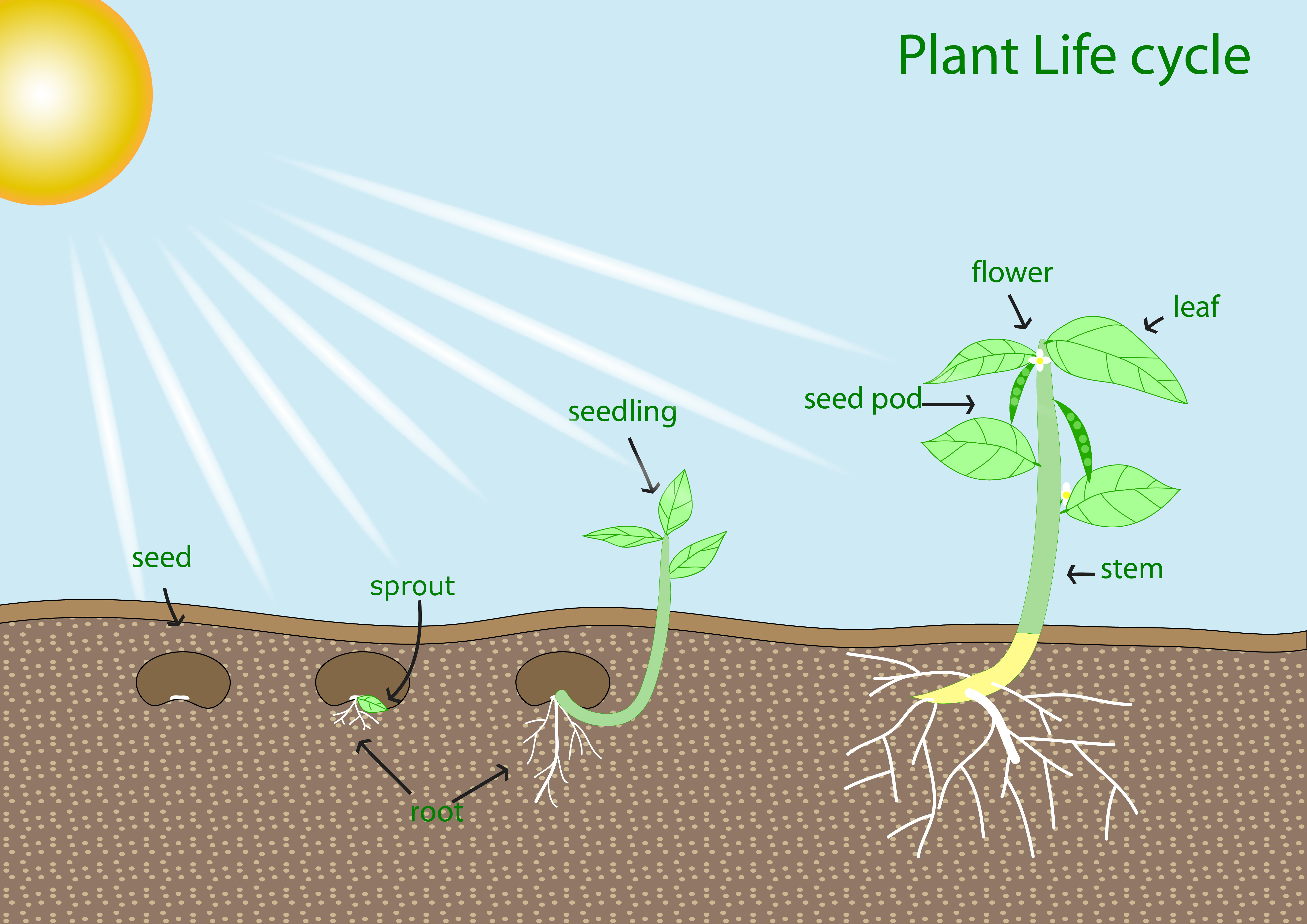Dig into Plants: Narrowleaf Sunflower
Narrowleaf Sunflower Other Common Names: Swamp Sunflower, Narrow-leaved Sunflower Scientific Name: Helianthus angustifolius Native to Alabama: Yes Alternate Native Species: Hairy Sunflower (Helianthus hirsutus) |
|
Lady Bird Johnson Wildflower Center Sally and Andy Wasowski Click on image to enlarge it |
Learn more about...
| Ecological Benefits |
| This plant provides food for: | |||
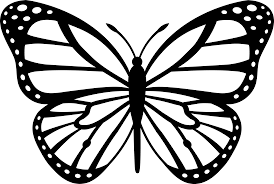 |
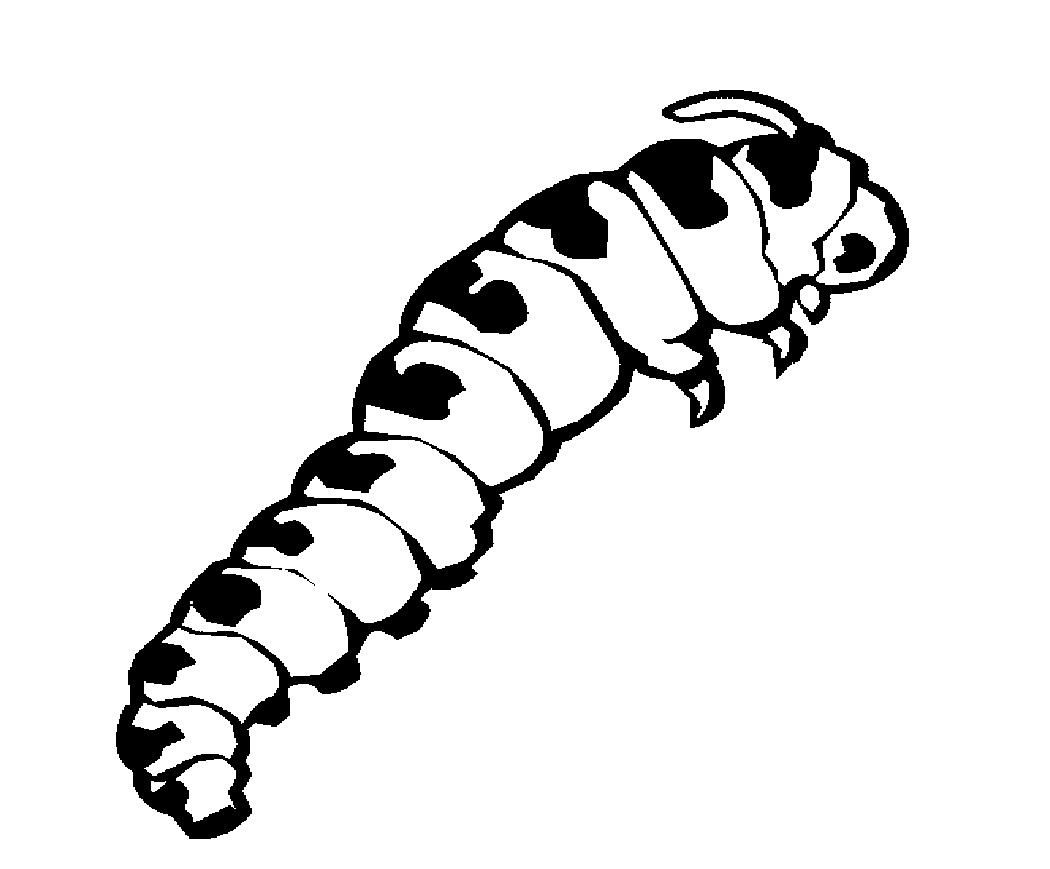 |
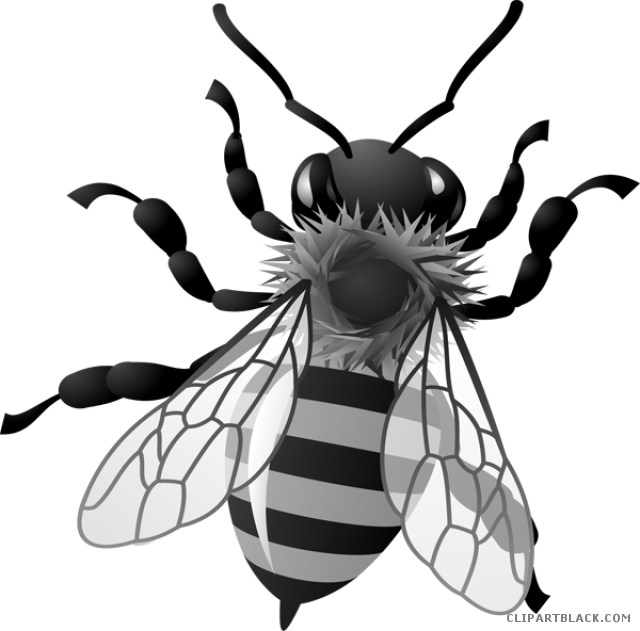 |
 |
| Butterflies | Caterpillars Silvery Checkerspot |
Native Bees | Other Birds |
| Other Plants Found in Alabama with Similar Ecological Benefits: |
||||||||||
| Common Sunflower (Helianthus annuus) |
Purpledisk Sunflower (Helianthus atrorubens) |
Thinleaf Sunflower (Helianthus decapetalus) |
||||||||
|
|
|
|
||||||||
| Beach Sunflower (Helianthus debilis) |
Woodland Sunflower (Helianthus divaricatus) |
Hairy Sunflower (Helianthus hirsutus) |
||||||||
|
|
|
|
||||||||
| Maximilian Sunflower (Helianthus maximiliani) |
Ashy Sunflower (Helianthus mollis) |
Resindot Sunflower (Helianthus resinosus) |
||||||||
|
|
|
|
||||||||
| Paleleaf Woodland Sunflower (Helianthus strumosus) |
Jerusalem Artichoke (Helianthus tuberosus) |
Whorled Sunflower (Helianthus verticillatus) |
||||||||
|
|
|
|||||||||
| Habitat Requirements | |||
| This plant prefers: | |||
|
(6+ hours of sun per day) (2-6 hours of sun per day) |
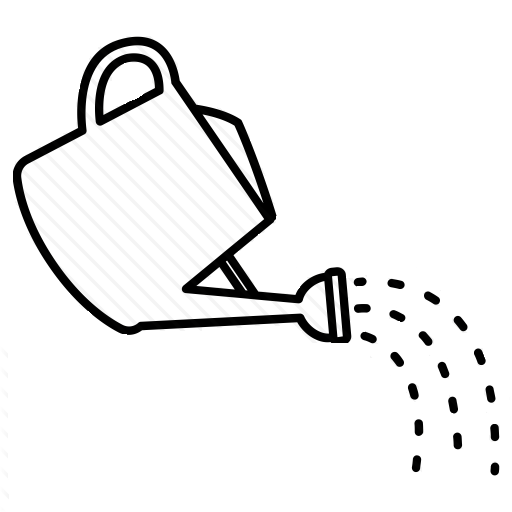
Prefers moist to wet soil at all times |
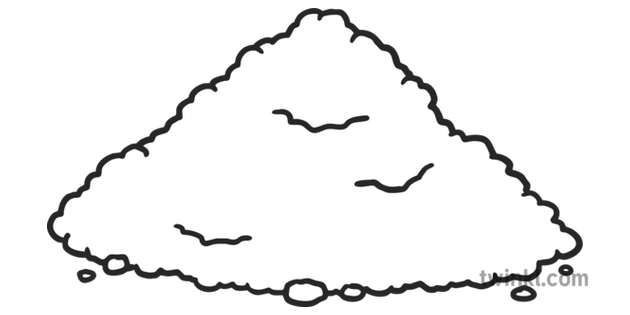 Sandy, Loamy, Clay, Acidic Sandy, Loamy, Clay, Acidicor Moist Soil |
|
| Leaf, Flower & Seed Identification | ||||
| LEAF DESCRIPTION |
USDA-NRCS PLANTS Database
Robert H. Mohlenbrock Click on image to enlarge it |
|||
| Leaf Characteristics Chart (PDF) | ||||
| Shape: Linear |
Margin: Entire/Smooth |
Arrangement: Opposite |
Form: Simple |
|
|
|
|
|
|
|
| Description: | ||||
| Dark green; pointed; ½ inch wide and can be over 8 inch long; opposite near the base, alternate above the middle of the stem; sandpaper-like surface | ||||
| FLOWER DESCRIPTION |
Lady Bird Johnson Wildflower Center
Alan Cressler Click on image to enlarge it |
|||
| Flower Shapes Chart (JPG) | ||||
| Color: Yellow |
Shape:
Radiate/Ligulate |
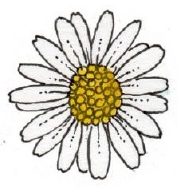 |
Bloom Months: Oct |
|
| Description: | ||||
| Ray florets (narrow, petal-like, infertile florets that surround the disk) and disk florets (tubular, fertile florets that forms disk) form 2-3 inch heads; tiny, reddish brown disk florets in the center surrounded by strap-shaped, yellow ray florets | ||||
| SEED DESCRIPTION |
USDA-NRCS PLANTS Database
Steve Hurst Click on image to enlarge it |
||
| Type: Fruit - Dry Seed Pod |
Description: Seed is small, brown, flat, and longer than wide |
Months in Seed: Fall |
|
| Plant spreads by: | |||
| Seeds and Rhizomes/ Tubers/ Roots & Shoots Clump-forming; typically slow-spreading, but in ideal conditions can become weedy by spreading underground rhizomes |
|||
ADDITIONAL RESOURCES FOR TEACHERS
| Quick Fact Sheet (Condensed Species Info) |
Plant ID Sign: Ready as-is PDF |
Plant ID Sign: Editable Word Doc |
QR Code (Links to this Webpage) |
INFORMATION SOURCES FOR THIS PLANT
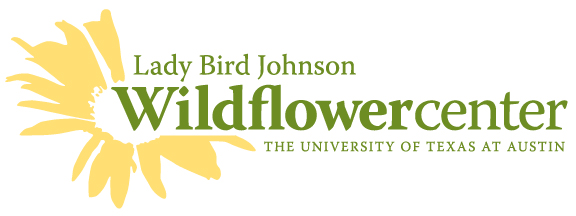 |
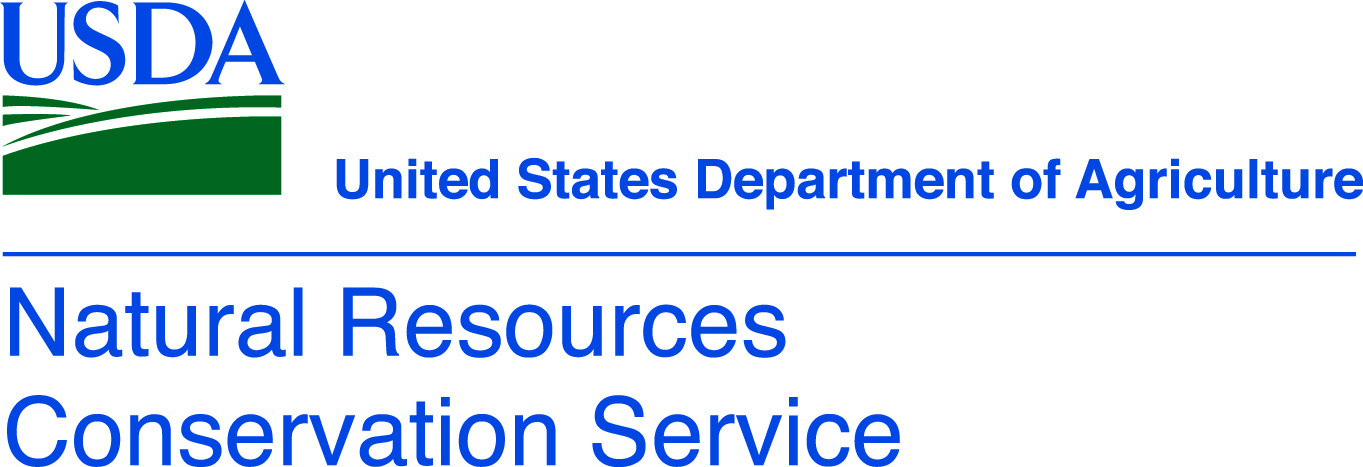 |
|
|
|
 |
|
|
|
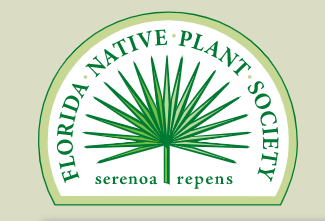 |
 Wildlife Tag
Wildlife Tag
